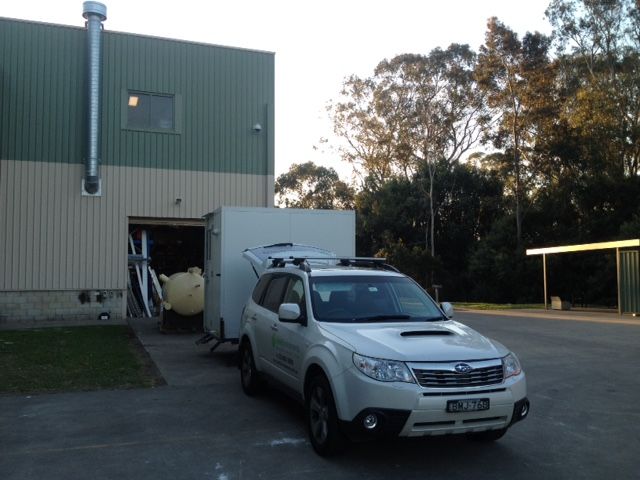Safe Environments were engaged by a food production facility to undertake a range of occupational hygiene assessments located in South West Sydney. A range of testing was undertaken for the noise assessment.
Identifying Changes in Workplace Noise Exposures
The south western Sydney facility has recently installed a new line to the factory which then required the dust and noise assessment to be undertaken again. The purpose of the additional testing was to determine whether there may have been any changes in the dust and noise exposures to the workers. A review of risk must be undertaken whenever there is a change in process to ensure that workers are still adequately protected.
It is also important to understand how the introduction of new control measurements for noise risk may affect the risk of exposure to another. An example of this, is that the new production line had installed a new ventilation system to reduce the airborne dust exposure, which likely increases the noise exposure. A new noise assessment was required to assess the potential change in exposure profile.
The effect of the ventilation and dust extraction system is that the noise exposure to workers may be increased. Only through an assessment of both the noise and dust testing could the risks be reviewed. This can also be assessed within the design process to calculate the theoretical reduction in noise exposure compared to the increase in sound. A cost benefit analysis with overall health risk ratings can then be used to determine the effectiveness prior to the installation.
Workplace Noise Testing of the Sydney Food Production Factory
The noise assessment at the South Western Sydney factory was undertaken using personal noise dosimeters to determine the overall overage noise levels that a person is exposed to over the length of a shift. From these noise levels, the correct level of hearing protection can be provided. In many instances, people can be overprotected from noise, which in turn can increase the risk of being hit by a forklift, truck or crane in the factory.
Once again, this highlights how one risk (i.e. noise reduction through wearing the wrong hearing protection) may then increase risk and possible decrease the overall safety of the workplace. Assistance of an occupational hygienist who is well equipped to assess dust and noise assessments can reduce the company’s overall health and safety risk.
While it is important to understand and characterise exposure to noise and dust, there generally should be an increased focus on controls, including health monitoring.
Dust & Noise Assessments through Health Surveillance
Health monitoring to compliment the dust and noise assessment may include spirometery as an indicator of the effect on dust exposure. However this is dependent on the toxicological properties on the dust and whether they may cause obstructive or restrictive effects on the lung function. For instance, dusts such as grain and flour dust or chemicals such as isocyanates may cause obstructive effects such as occupational asthma and early detection and prevention of further injury.
Audiometric Noise Assessments
During the noise assessment of the South Western Sydney factory, an audiometric assessment was also undertaken using our mobile audiometric testing booth. The audiometric testing booth was used to determine if there was a measurable difference in the hearing of workers. The audiometric noise assessment is a requirement of the NSW Work Health and Safety regulations which must be conducted once every two years.
Audiometric noise assessments can detect a threshold shift which may indicate that the persons hearing protection isn’t working effectively or that they may have suffered permanent hearing loss. In some instances some hearing changes found through the audiometric noise assessment may detect rare forms of cancer.
For more information on noise assessments and audiometric testing, please contact Safe Environments in Sydney or Melbourne.
Author: Carl Strautins

Email: Carl@SafeEnvironments.com.au
Carl Strautins is a managing director of Safe Environments Pty Ltd a multi-specialist consultancy operating in the building, construction and property management industries. He provides the necessary guidance and risk minimisation strategies required by architects, construction companies and facility managers to ensure they mitigated their risk to property risk. He is engaged on a regular basis to provide expert opinion for disputes and legal proceedings. Click here to know more about him.


